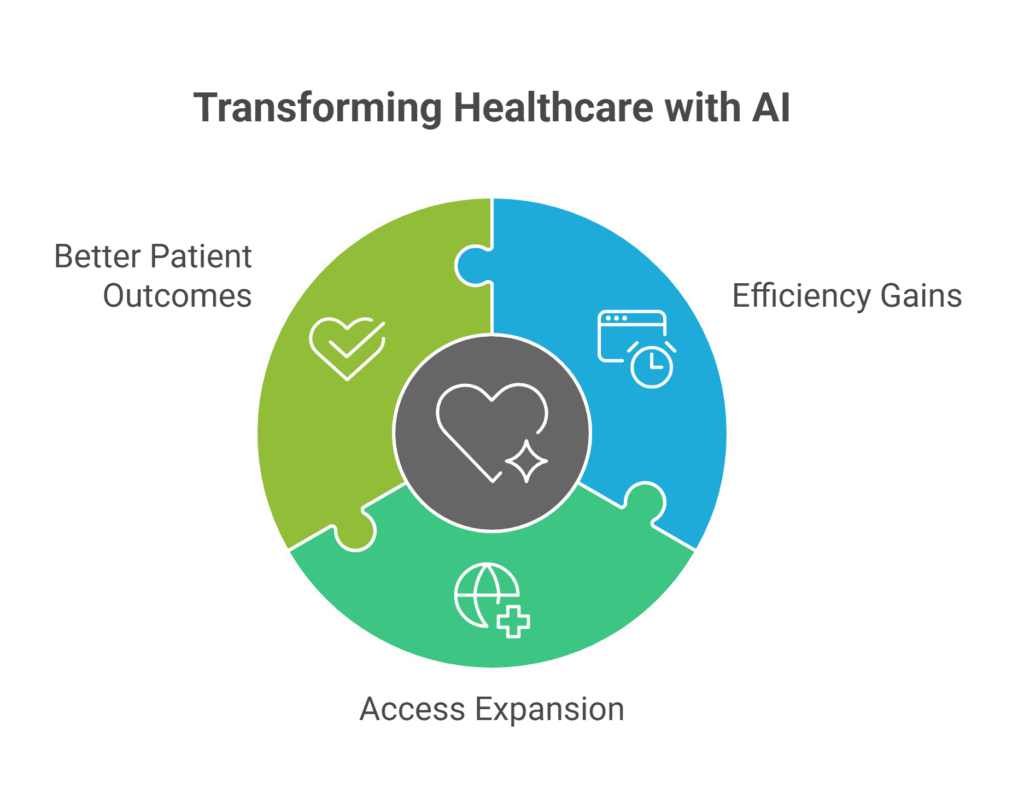The NHS in England has remained under relentless pressure throughout the summer, in spite of it often being a time for them to catch their breath, as per the Health Foundation.
According to the latest NHS performance standards & statistics, the waiting list for NHS treatment has grown slightly in June 2025 by 9,712 to 7.37 million. In around 191,813 of these cases, the patients have been waiting for over 52 weeks.
But there were also around 103563, which is 2% more treatments that were delivered in June 2025, as compared to the same month in 2024, with the proportion of patients waiting less than 18 weeks when it came to treatment at 61.5%, which, by the way, happens to be the highest proportion since June 2022.
Tim Gardner, the health foundation’s assistant director of policy, said that while the summer is often a time for the NHS to catch its breath, the data today shows hospitals as well as ambulance services remaining under relentless pressure.
He added that July 2025 brought slight improvements in A&E waiting times and even ambulance response times; however, the constitutional yardstick of the NHS performance standards still remains an issue. And there are many patients who are waiting far too long for their treatment.
He further said that there has been a small fall in the waiting times when it comes to routine hospital treatment in June 2025. But the impact of the waiting list was felt in a more acute way in the most deprived communities.
The very slight improvements that are seen this summer offer a glimmer of hope. However, the commitment when it comes to tackling the waiting list requires ensuring that more timely treatment becomes a reality for all patients, regardless of where they are living.
Dr. Becks Fisher, Nuffield Trust Director of Research and Policy, said that the reported numbers when it comes to the planned treatment waiting list only show a partial picture. He added that their new analysis shows that waiting list reductions in the months that have passed are not completely due to increases in appointments being delivered. As a matter of fact, the NHS is still treating fewer patients as compared to what are being referred. However, an average of almost 245,000 cases have been coming off the list every month because of reasons other than patients being recorded as getting the treatment.
Doing this sort of work so as to enhance the accuracy of the waiting list is imperative; however, one should be under no illusions that in inspite of delivering more appointments, the NHS is still not meeting the patient demand.
It is well to be noted that in separate data, NHS England went on to record the amount of activity that was done during the resident doctors’ strike between 25 and 30 July, which found that more care was delivered in the July 2025 industrial action as compared to the five-day strike that took place in June 2024. It went on to estimate that another 11,071 appointments as well as procedures went ahead in spite of the strikes.
Interestingly, staff absence was also lower during these strikes, with almost 1243 fewer staff, which is almost 7.5% absent every day on average as compared to last June.
West Streeting, the health secretary, said that a year back, they promised 2 million more appointments. And one year later, they have delivered almost another 5 million extra appointments. Due to this, the figures of today show that in inspite of record numbers of people coming forward for their treatment, they are cutting the waiting times with the lowest number of patients waiting for more than 18 weeks for their treatment in 3 years.
He further added that today’s data also shows the health service being more resilient against the strike, which took place last month, than ever before. Streeting remarked that he would like to thank the NHS staff for delivering 11,000 more appointments as well as procedures for patients as compared to the previous strikes. They are getting on with the job of delivering progress in the face of uncertainty – in this case strikes and they will continue to put the patients first.

















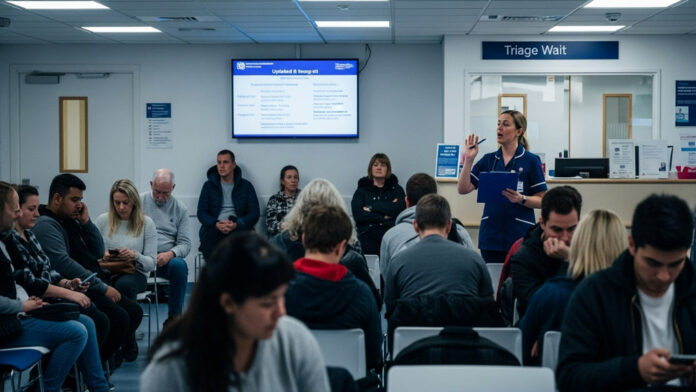
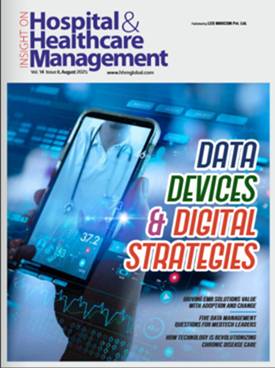

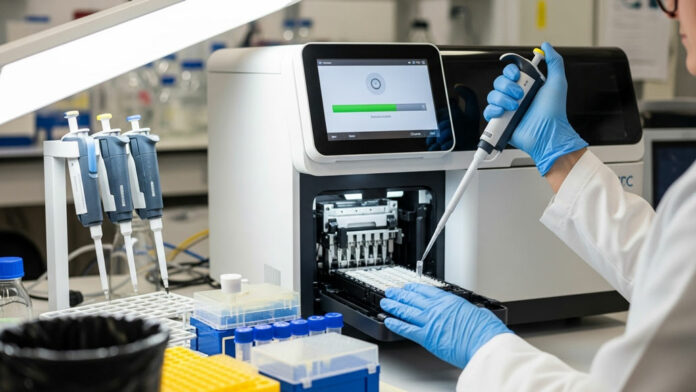
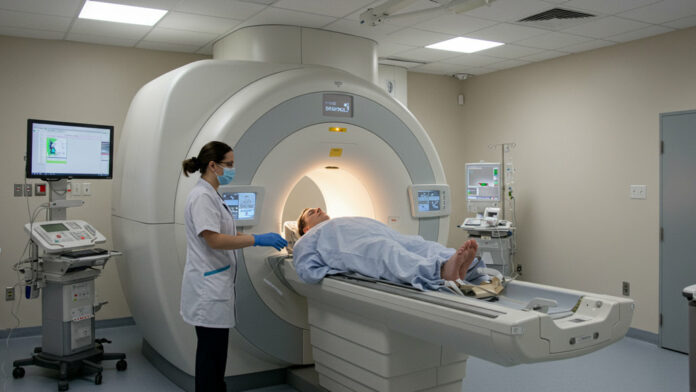


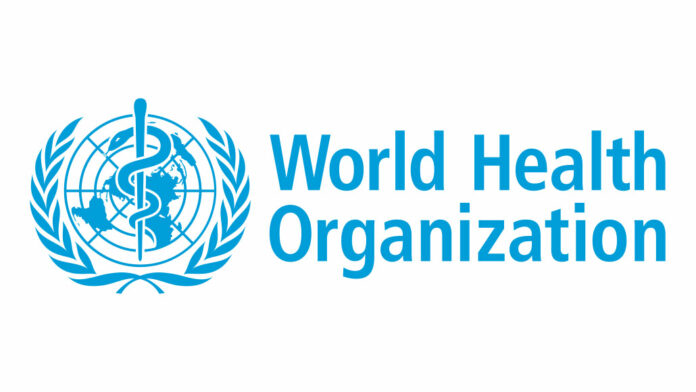
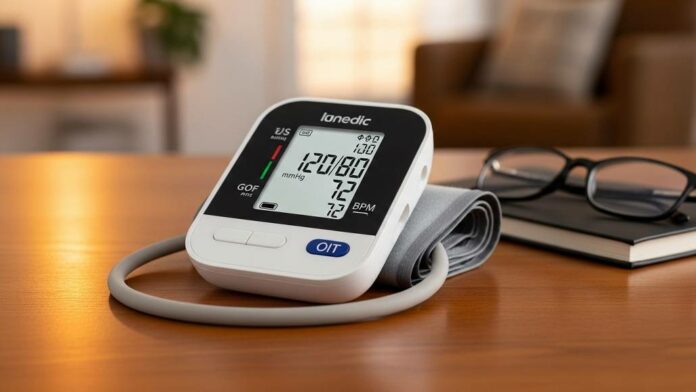
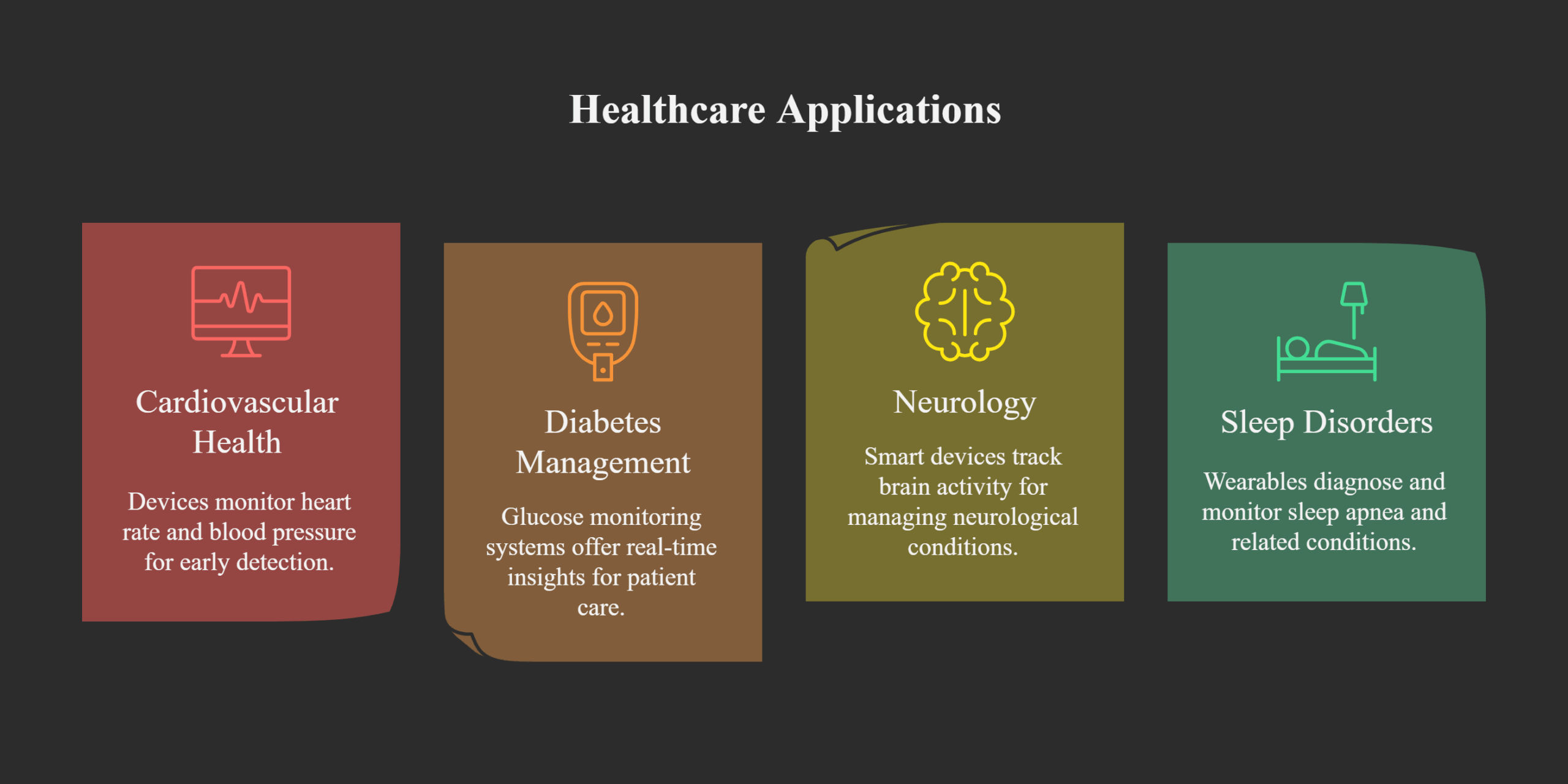
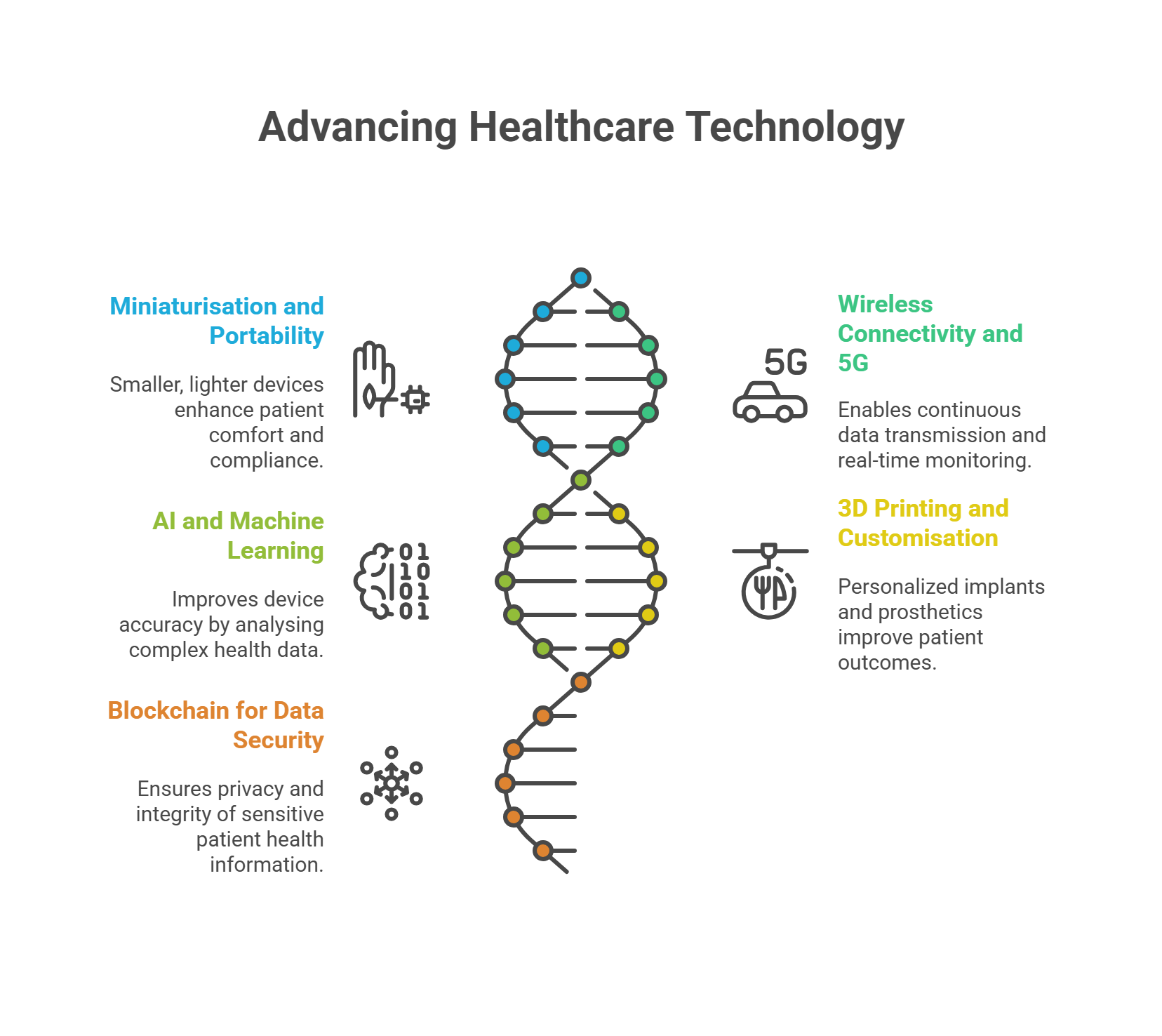
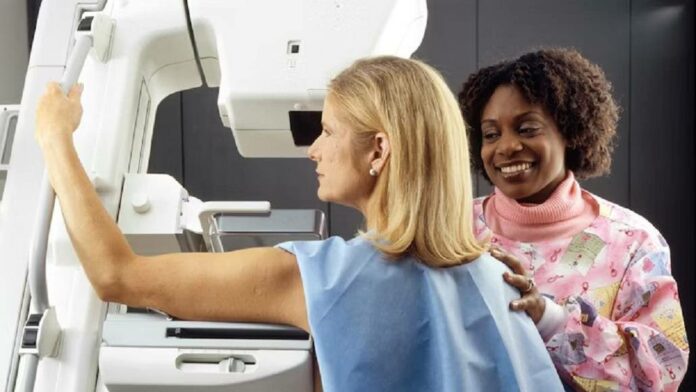
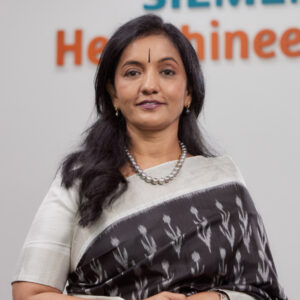 Kalavathi G V of Siemens Healthineers affirmed this trend, stating
Kalavathi G V of Siemens Healthineers affirmed this trend, stating Bert van Meurs, Chief Business Leader of Image Guided Therapy at Philips, articulates this integration: “
Bert van Meurs, Chief Business Leader of Image Guided Therapy at Philips, articulates this integration: “